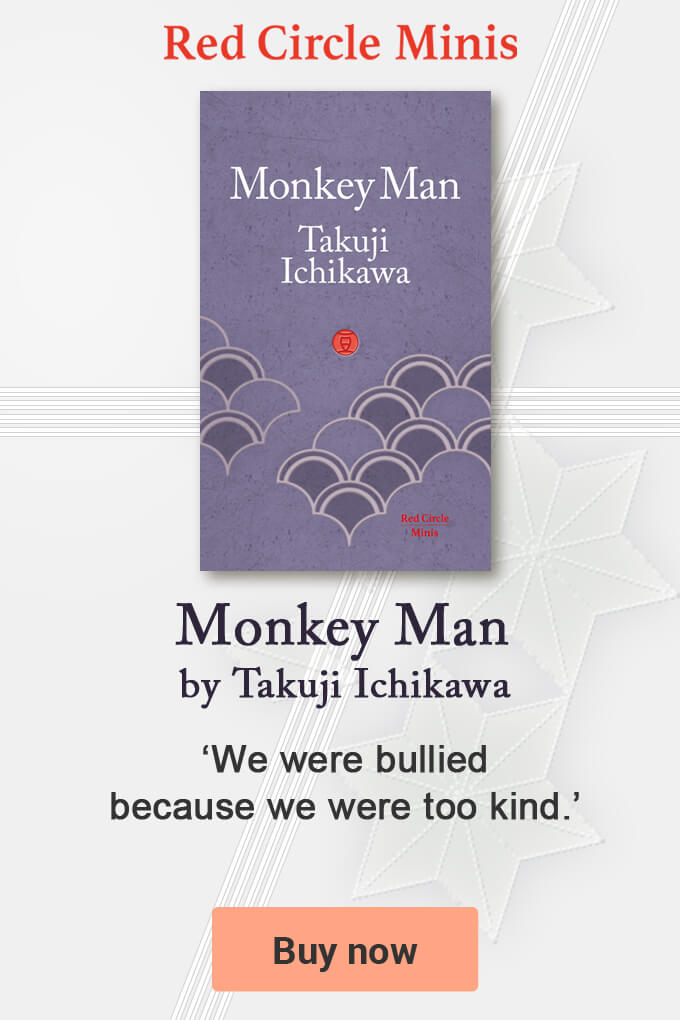Japanese authors in the 1800s turned tuberculosis into a romantic condition[UPDATED: 9-18-2020]
In Japan’s Meiji era (1868-1912) when the nation was rapidly modernising after more than 250 years of isolation, Western influences were extremely strong. These spanned almost everything – even literary perceptions of tuberculosis, which was originally stigmatised in Japan.
The disease became a romantic condition with titles such as Hototogisu, referred to in English as The Cuckoo or Nami-Ko: A Realistic Novel, penned in 1899, by Roka Tokutomi (1868-1927).
Hototogisu, one of the first of this genre depicting tuberculosis, was published long before Thomas Mann’s (1875-1955) famous novel, The Magic Mountain, which was published in German in 1924, and is considered a classic of this genre.
The Magic Mountain, a favourite of contemporary Japanese authors, such as Haruki Murakami, uses the experiences of a young man at a Swiss sanatorium to depict the microcosm of Europe and the ideologies of the time.
Hototogisu, on-the-other-hand is the tragic tale, of a young woman called Namiko who contracts tuberculosis, that blends grief, and love with tragic realism in its narrative.
A digital edition of an English translation published in 1904 under the title Nami-Ko, translated by Sakae Shioya (1873-1961) and E. F. Edgett (1867-1946), is available online.
The author writes in its introduction: “it was not to reveal our life and customs to the foreigner that Nami-Ko was written however, for at the time of its writing, four years ago, I did not dream that it would ever be translated, or, indeed that it would ever reach the popularity it has gained in my country”.
According to Nobue Urushihara Urvil, an academic at the University of Texas, in modern Japanese literature, tuberculosis was a special subject. In addition to the romanticised images of the illness, what is characteristic of the construction of tuberculosis in Japanese literature is its association with the concept of the individual or self.
“Tuberculosis in literature of the time was celebrated as a tool to conceive the inferiority of [the] modern person. Tuberculosis was an important theme in an enormous number of works of literature including novels, short stories, haiku poems, free-style poetry, and essays”, according to Urvil.
Many Japanese writers were themselves suffering from tuberculosis and most of them who had it died from the disease. A good by tragic example of this is Masaoka Shiki (1867-1907) considered one of the four great haiku masters who a close and influential friend of Soseki Natsume (1867-1916) who himself is often referred to as Japan’s greatest modern novelist.
Shiki, who was only 34 when he died, studied alongside Soseki in high school and also at Tokyo Imperial University. His penname Shiki can also be read as hotogisu, cuckoo, and according to legend in Japan this bird coughs up blood when it sings.
Nonetheless, not all diseases were treated the same way by Japan’s Meiji era authors. In contrast, syphilis, which some famous Japanese authors are known to have had, as well as leprosy (Hansen’s Disease), were generally not depicted in works of fiction, and when they were, they were not usually seen as romantic or philosophical diseases that portrayed the human condition, and the peripheral and margins of society.
That said, the world’s first cell phone novel, or keitai shosetsu, Deep Love, released in 2003 treated AIDS as a romantic and tragic condition with echoes of Hototogisu in its narrative. Written by a 30-year-old Japanese man, it’s a gritty young-adult novel about a girl who turns to prostitution to pay for her boyfriend’s heart surgery, and tragically dies after she contracts AIDS.
These lists include famous titles such as: A Journal of the Plague Year by Daniel Defoe (1660-1731) published in 1722, The Plague by Albert Camus (1913-1960) , Love in the Time of Cholera by Gabriel Garcia Marquez, and even occasionally books by Japanese authors, Ascendance of a Bookworm by Miya Kazuki for instance.
Unsurprisingly, the lists have generated new interested in and demand for these titles. Camus’ novel started flying off the shelves in Japan in March 2020 at the height of news about the virus, for example, leading to Shinchosha, Camus’ Japanese publisher, to order a reprint.
New ‘Lockdown Literature’ is bound to start appearing in Japan and elsewhere in different forms and formats, but whether the canon of ‘Corona-Literature’ to come will be defined by a narrative or author that treats the virus as a romantic condition, like tuberculosis, or focuses on the self, relationships at a distance or social distancing in our social media age is something that future generations of readers will determine.

